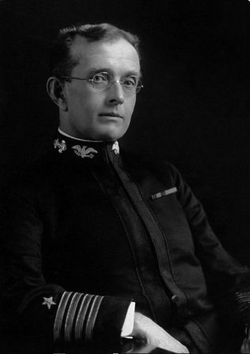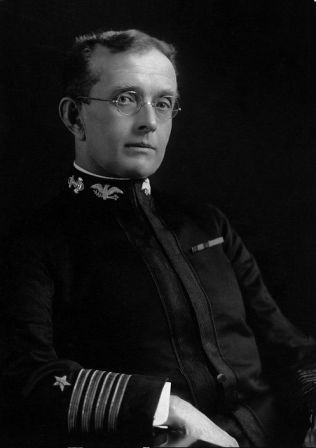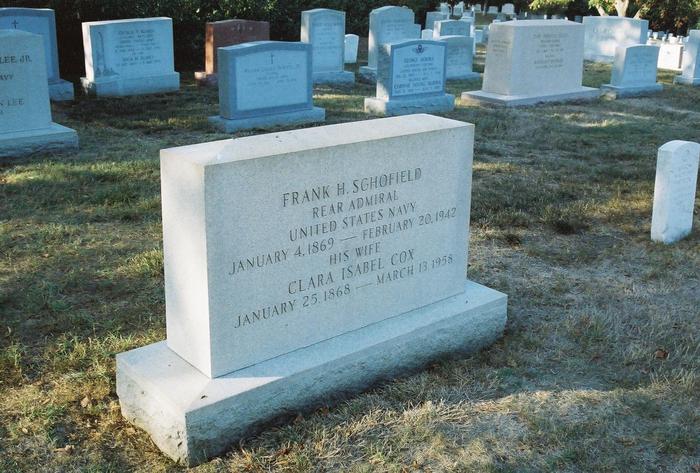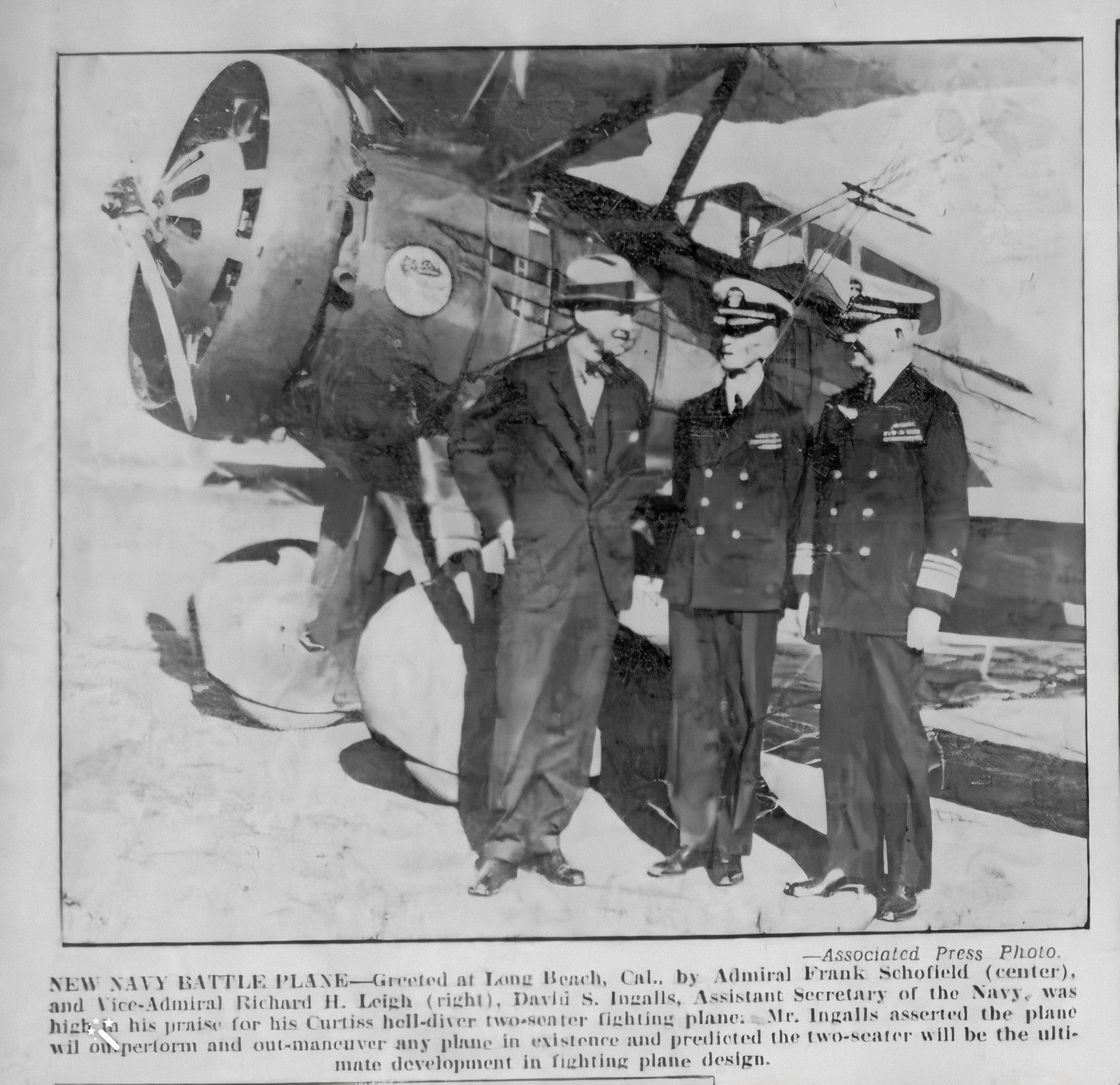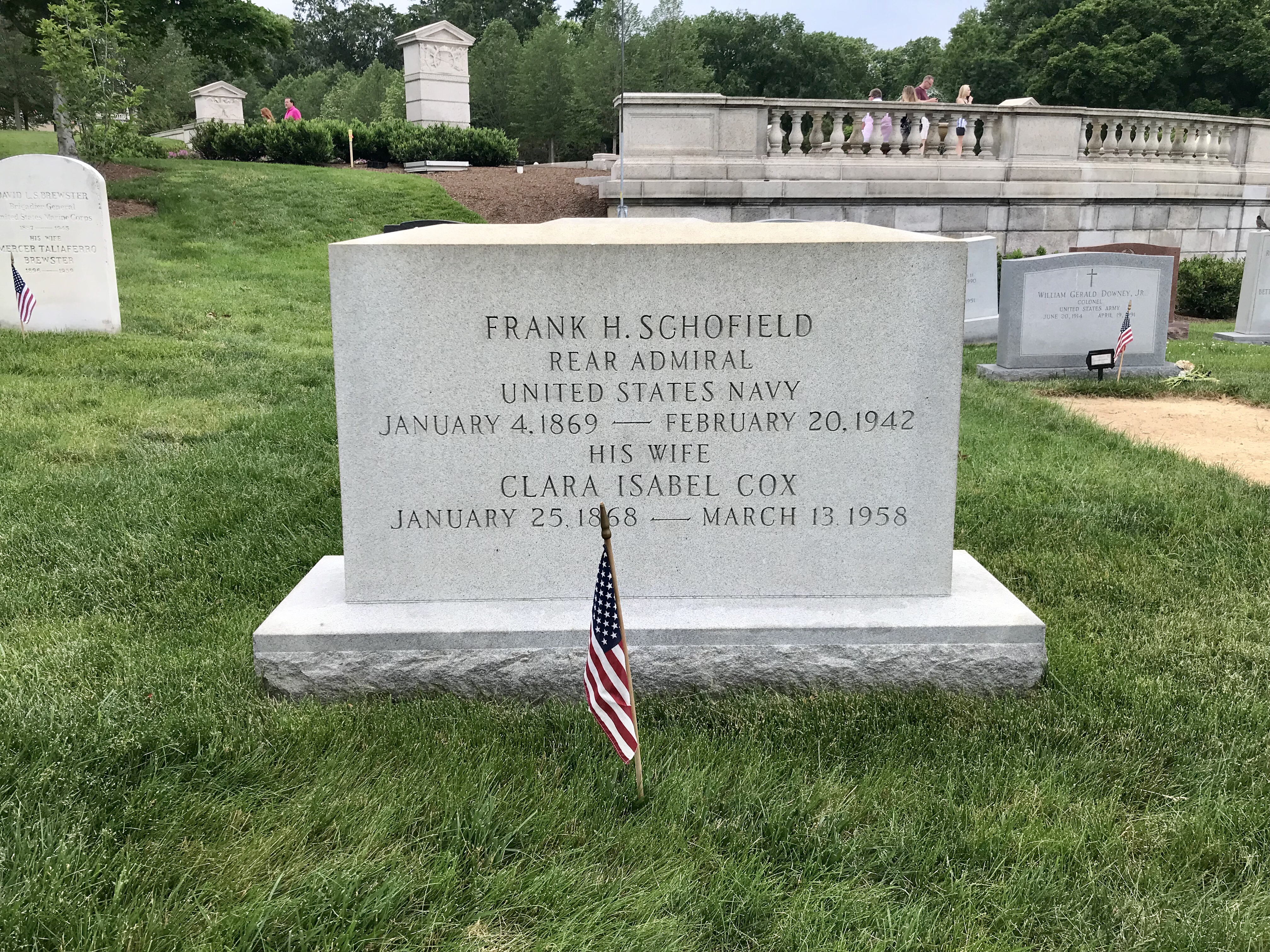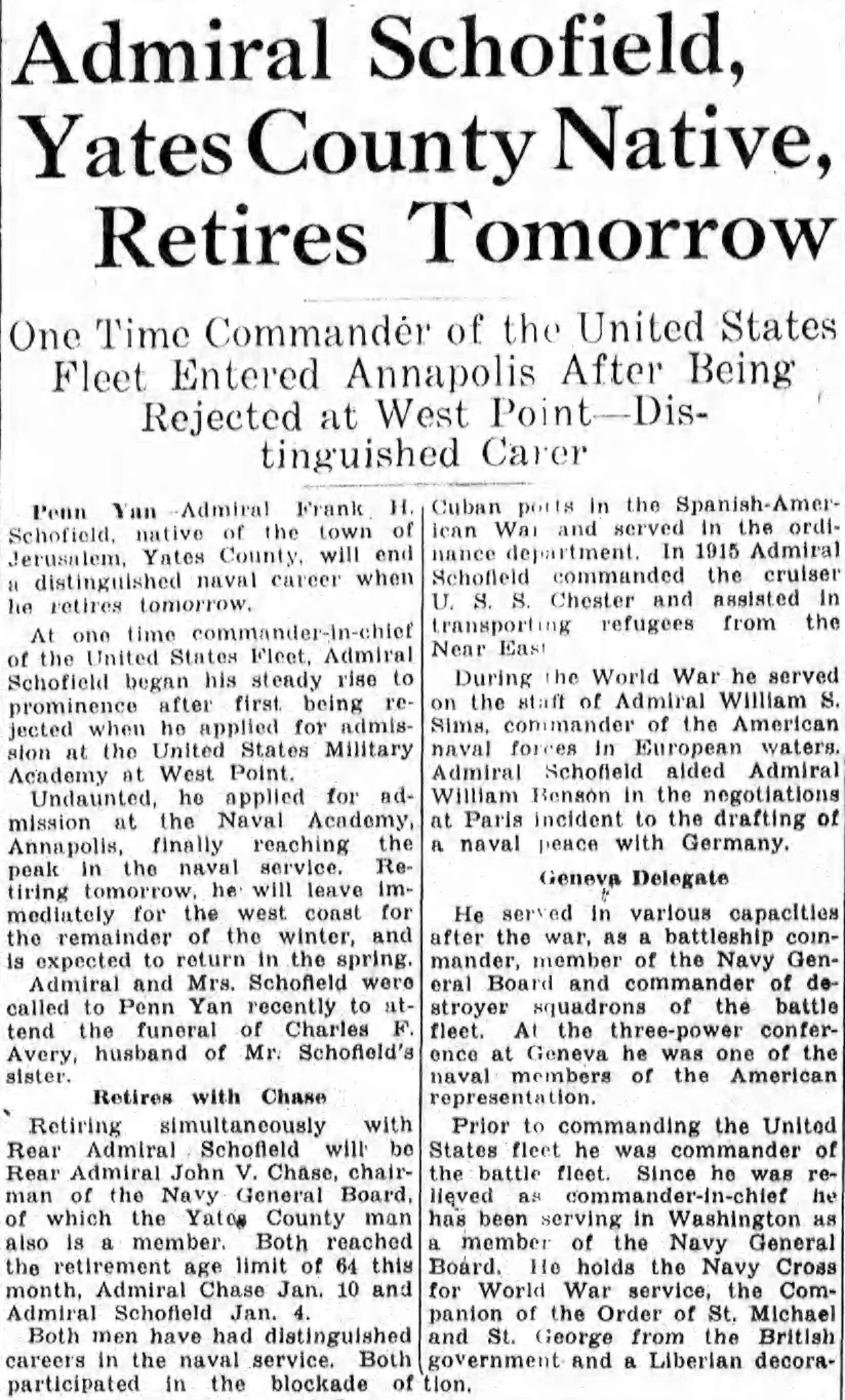As a junior officer, he served onboard the warships USS ENTERPRISE, PHILADELPHIA, BALTIMORE, MARBLEHEAD, PATTERSON, SCINDIA and VERMONT, all within a nine year period! He served during the Spanish American War as the Executive Officer of the USS HAWK, blockading Cuban ports and captured four Spanish vessels.
In May 1901, he was assigned to the Bureau of Ordinance as the Inspector of Ordinance. Next, he served on the USS SUPPLY in the Pacific, and then assumed command of the USS PERRY, a destroyer in the Pacific Squadron in 1904.
In 1907, he took command of the USS SUPPLY until 1909. Following that, he served as Commanding Officer of the USS CONCORD in the Asiatic Fleet. He returned to the Atlantic as the Executive Officer of the USS NEW HAMPSHIRE until 1911, when he attended the Naval War College in Newport, Rhode Island.
He went on to become the XO of the USS ARKANSAS, and then commanded the USS ISLA DE LUZON until he once again became the XO of the USS DELAWARE, serving in Mexico from July to October 1914.
After leaving the DELAWARE, he commanded the USS CHESTER. In 1915, he reported to the Chief of Naval Operations, appointed as Senior Member of a board in connection to Submarine Warfare.
He was then ordered to London England in November 1917, serving as Aide in the Planning Section of the Staff of the Commander, US Naval Forces, attached to the USS MELVILLE, flagship.
Here he was awarded the Navy Cross for his participation in developing anti-submarine warfare tactics and assisting the Chief of Naval Operations in the deliberations in Paris, assisting with the development of the Naval Terms of the German Armistice.
For his service in the War, he was awarded the Legion of Honor with rank of Officer by France, Knight Commander of the Liberian Humane Order of African Redemption by Liberia and the Companion of Order of St. Michael and St George by Britain.
He assumed duties as Commanding Officer of the USS TEXAS in 1919, and then served for three years as a member of the General Board in the Office of the CNO.
In 1924, he was promoted to Rear Admiral, and became Commander Destroyer Squadrons, Battle Fleet, onboard the USS OMAHA. Following this tour, he again served three years in the War Plans department of the CNO, and then left for a tour as the Naval Member of the American Representation at the Three-Power Conference for the Limitation of Armament at Geneva, Switzerland.
He was then appointed in 1928 by the Honorable Curtis Wilbur (Secretary of the Navy) to form and head a board to obtain oceanographic data, later known as the 'Schofield Board', which continued it's work for many years, even after his death.
In 1929, he became Commander Battleship Division FOUR, Battle Fleet, with his flag onboard USS NEW MEXICO. In 1930, he was promoted to full Admiral, becoming Commander in Chief, Pacific Battle Force.
In 1932, he reverted to his permanent rank of Rear Admiral, and served on the General Board until his 64th birthday in 1933, retiring from the Navy after 47 years of service.
He died in 1942, and is buried at Arlington National Cemetery. In 1963, the guided missile escort USS SCHOFIELD was named in his honor.
In a letter to his son Franklin Perry Schofield from the USS PENNSYLVANIA, San Pedro, California 18 Jan 1932:
"...Last night received an invitation from Mary Pickford and Douglas Fairbanks for dinner, and am now trying to make up my mind whether to accept or not..."
According to the French and British records, he was NEVER awarded any French or British awards, let alone the Commander of the Legion de Honneur or the Saint Michael and Saint George.
Admiral Schofield's theories were known for their pro-surface navy, anti-aviation stance. He was known for his condemnation of pilots, not seeing a tactical purpose for the use of naval aviation.
As a junior officer, he served onboard the warships USS ENTERPRISE, PHILADELPHIA, BALTIMORE, MARBLEHEAD, PATTERSON, SCINDIA and VERMONT, all within a nine year period! He served during the Spanish American War as the Executive Officer of the USS HAWK, blockading Cuban ports and captured four Spanish vessels.
In May 1901, he was assigned to the Bureau of Ordinance as the Inspector of Ordinance. Next, he served on the USS SUPPLY in the Pacific, and then assumed command of the USS PERRY, a destroyer in the Pacific Squadron in 1904.
In 1907, he took command of the USS SUPPLY until 1909. Following that, he served as Commanding Officer of the USS CONCORD in the Asiatic Fleet. He returned to the Atlantic as the Executive Officer of the USS NEW HAMPSHIRE until 1911, when he attended the Naval War College in Newport, Rhode Island.
He went on to become the XO of the USS ARKANSAS, and then commanded the USS ISLA DE LUZON until he once again became the XO of the USS DELAWARE, serving in Mexico from July to October 1914.
After leaving the DELAWARE, he commanded the USS CHESTER. In 1915, he reported to the Chief of Naval Operations, appointed as Senior Member of a board in connection to Submarine Warfare.
He was then ordered to London England in November 1917, serving as Aide in the Planning Section of the Staff of the Commander, US Naval Forces, attached to the USS MELVILLE, flagship.
Here he was awarded the Navy Cross for his participation in developing anti-submarine warfare tactics and assisting the Chief of Naval Operations in the deliberations in Paris, assisting with the development of the Naval Terms of the German Armistice.
For his service in the War, he was awarded the Legion of Honor with rank of Officer by France, Knight Commander of the Liberian Humane Order of African Redemption by Liberia and the Companion of Order of St. Michael and St George by Britain.
He assumed duties as Commanding Officer of the USS TEXAS in 1919, and then served for three years as a member of the General Board in the Office of the CNO.
In 1924, he was promoted to Rear Admiral, and became Commander Destroyer Squadrons, Battle Fleet, onboard the USS OMAHA. Following this tour, he again served three years in the War Plans department of the CNO, and then left for a tour as the Naval Member of the American Representation at the Three-Power Conference for the Limitation of Armament at Geneva, Switzerland.
He was then appointed in 1928 by the Honorable Curtis Wilbur (Secretary of the Navy) to form and head a board to obtain oceanographic data, later known as the 'Schofield Board', which continued it's work for many years, even after his death.
In 1929, he became Commander Battleship Division FOUR, Battle Fleet, with his flag onboard USS NEW MEXICO. In 1930, he was promoted to full Admiral, becoming Commander in Chief, Pacific Battle Force.
In 1932, he reverted to his permanent rank of Rear Admiral, and served on the General Board until his 64th birthday in 1933, retiring from the Navy after 47 years of service.
He died in 1942, and is buried at Arlington National Cemetery. In 1963, the guided missile escort USS SCHOFIELD was named in his honor.
In a letter to his son Franklin Perry Schofield from the USS PENNSYLVANIA, San Pedro, California 18 Jan 1932:
"...Last night received an invitation from Mary Pickford and Douglas Fairbanks for dinner, and am now trying to make up my mind whether to accept or not..."
According to the French and British records, he was NEVER awarded any French or British awards, let alone the Commander of the Legion de Honneur or the Saint Michael and Saint George.
Admiral Schofield's theories were known for their pro-surface navy, anti-aviation stance. He was known for his condemnation of pilots, not seeing a tactical purpose for the use of naval aviation.
Family Members
Sponsored by Ancestry
Advertisement
Explore more
Sponsored by Ancestry
Advertisement
